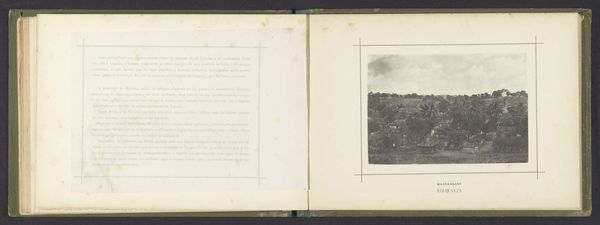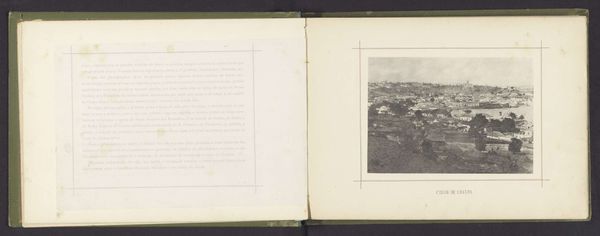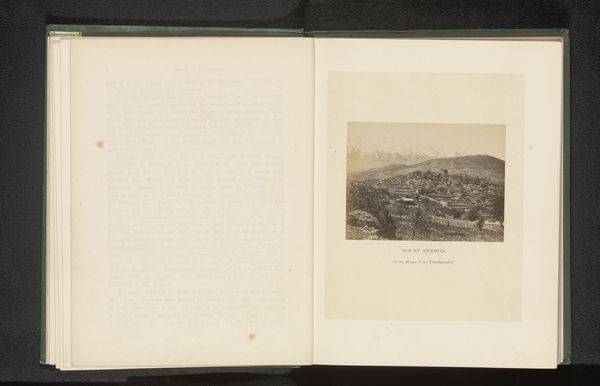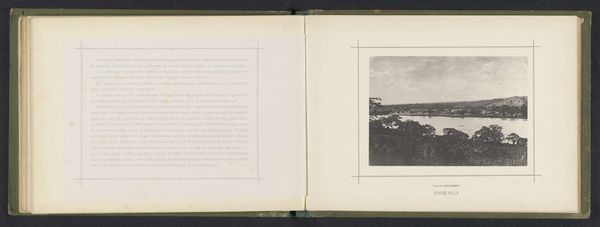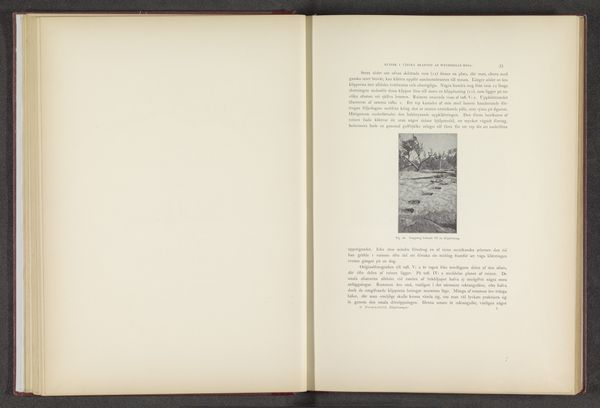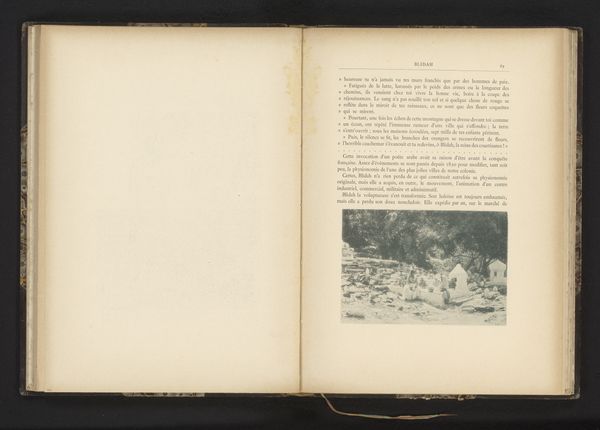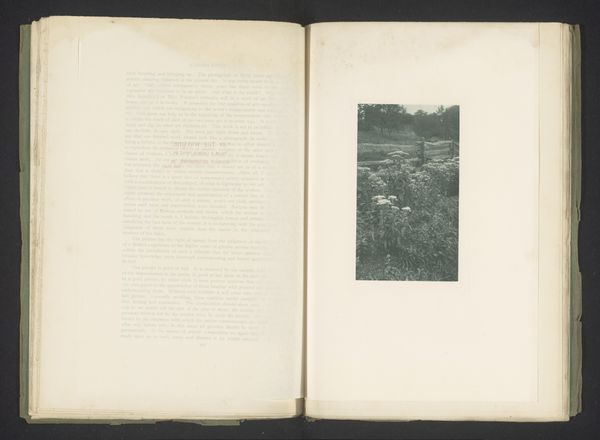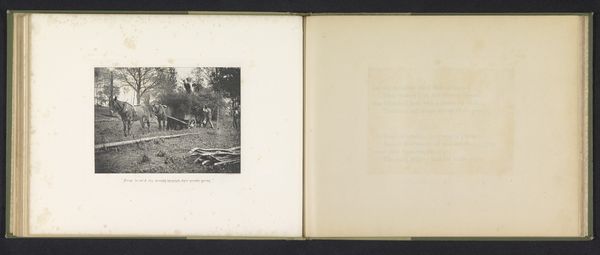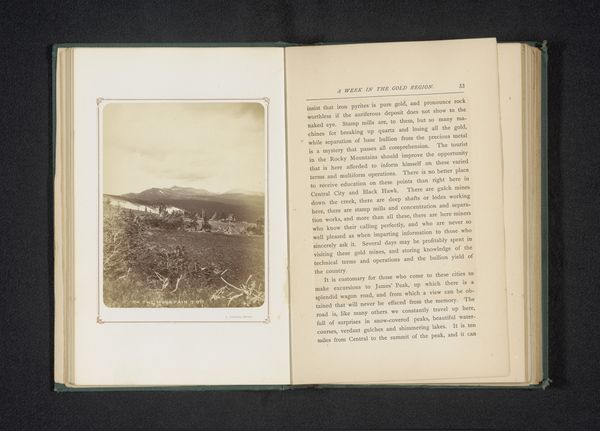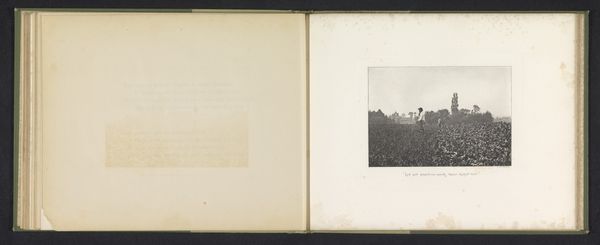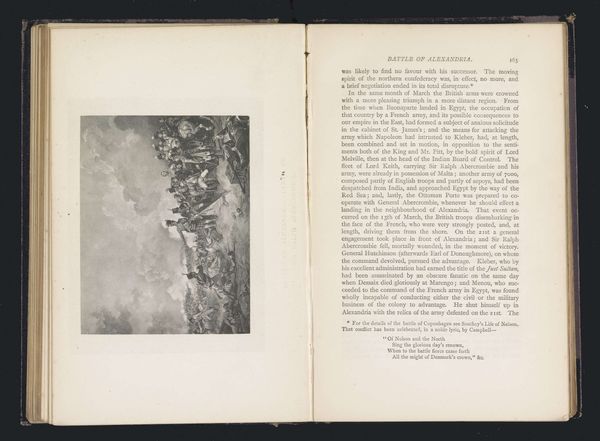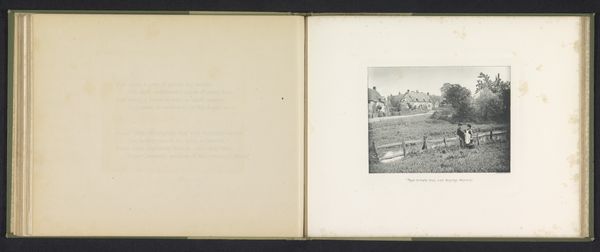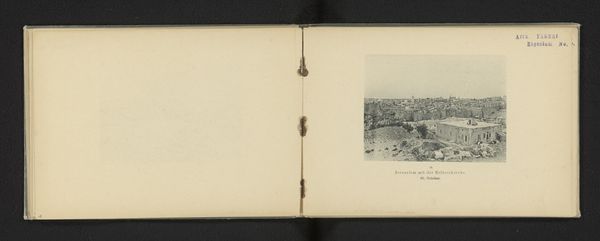
print, photography
# print
#
landscape
#
photography
Dimensions: height 114 mm, width 163 mm
Copyright: Rijks Museum: Open Domain
Curator: Looking at Josè Augusto da Cunha Moraes’s “Stroomversnellingen in de Dande,” dating back to before 1886, presented in this evocative photographic print, what strikes you first? Editor: It’s moody, isn't it? That play of light and shadow on the rocks, and the churning water…there’s a dynamism that feels almost performative. Like the river is putting on a show, specifically designed to capture someone’s attention and look striking on camera. Curator: Absolutely. Notice how da Cunha Moraes uses the photographic print medium to highlight not just the landscape, but its utilization. These photographs likely functioned to publicize or archive infrastructural endeavors, a perspective far removed from the "sublime" portrayals we often see in western landscape painting. Editor: That framing is really important. Was photography also becoming a way for colonial administrations to catalog resources? How much did the colonial infrastructure support these types of art processes? Curator: Exactly. And consider the materiality—a photographic print, multiple copies are easy and quick to produce. These could be used for propaganda, records, and resource reports...it's also not a painting, challenging traditional categories. Editor: So it becomes this readily reproducible record, circulating images of extracted and collected materials back to the centers of power. You see photography democratizing landscapes that the western sublime typically made remote and awe-inspiring. Curator: That intersection – how this artwork exists in the web of resource extraction and cultural output, helps re-evaluate traditional assumptions about art and society. This object prompts crucial discussions about consumption, representation, and labor. Editor: It transforms our sense of this wild landscape; this image exists to support these labor systems. I now read that churn of the water differently. I appreciate da Cunha Moraes work a little bit more! Curator: Absolutely! Understanding the work this image does helps one appreciate the context. It certainly enriches the viewing experience.
Comments
No comments
Be the first to comment and join the conversation on the ultimate creative platform.
